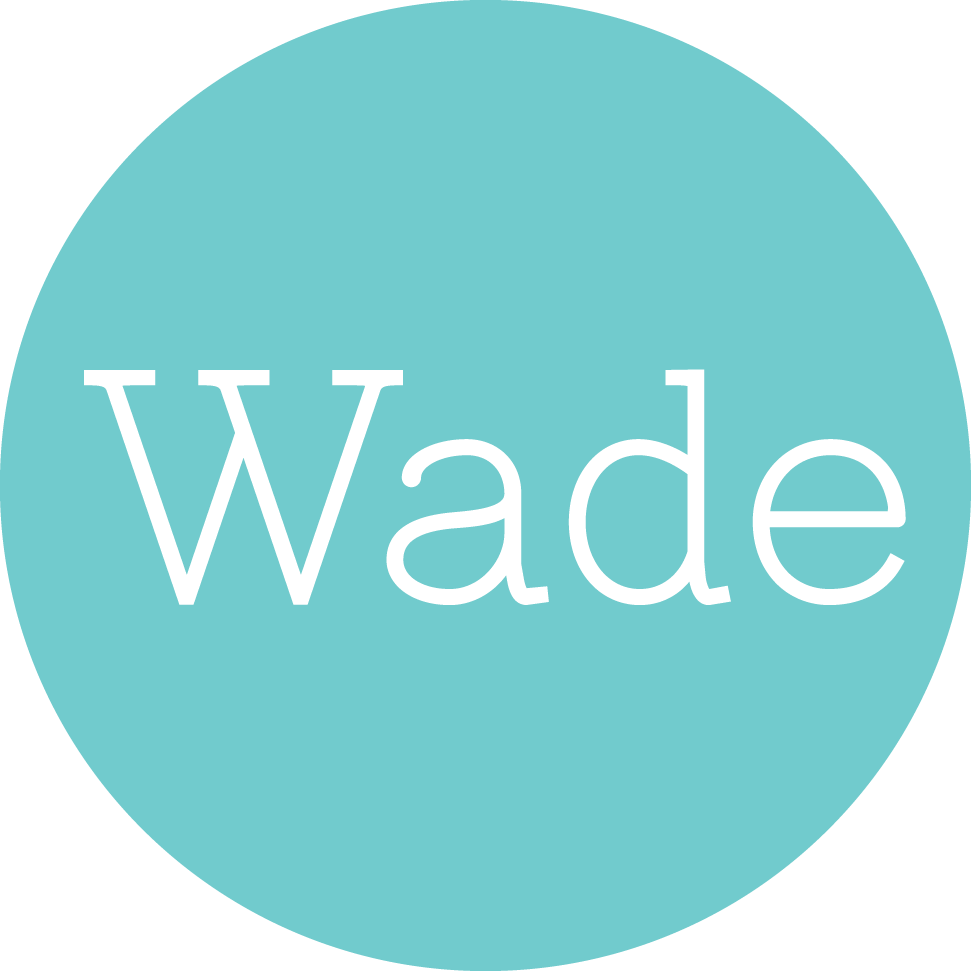With so many options and the pressure of her, admittedly self-enforced’, tight timeline, Nelly’s nervous system enters freeze mode. Her body is telling her to rest and slow down, but life keeps piling on change and transition. Can you relate?
My client Nelly, a driven, ambitious manager at a tech company came to coaching because she has some significant life transitions and wants to make choices “on purpose”, yet was feeling overwhelmed and frozen with indecision. Nelly wants to find a role where she can sense positive and practical change and impact in the greater world. Nelly also finds herself searching for love and partnership and is open to moving cities to find her person.
A common theme that’s been present in my coaching sessions lately is the desire to make decisions without regret.
Decision-making is challenging. So many thinking traps show up for people.
The mind catastrophizes certain outcomes. For instance, “if I move to New York, I will never find my partner because the dating world sucks there”.
Should statements, such as: “I should really take that job because it makes more money and gives me upward mobility”.
The monkey mind, a buddhist term that describes the variety of anxious thoughts and stories that bounce around, chirps “what if” statements.” “What if I made the wrong decision?” “What if I waste my prime years in the wrong place.”
All human beings experience thinking traps and the monkey mind. A huge piece of our work together is continuing to bring conscious awareness to Nelly’s thoughts, again and again, so that she can untangle and ‘choose’ from a place of freedom and perspective instead of victim mode.
A helpful mindfulness framework I’ve personally been working with as well as sharing with my clients is playing with the acronym of TAL when making decisions. It is a powerful way to get unstuck from our thinking traps and find more freedom to be present.
T rust
A ccept
L et go.
What TAL looks like in practice…
When at a decision point (big or small), I trust the wisdom of my first instinct, which comes from an embodied place, not from the analytical part of my brain that automatically weighs the pros and cons. But instead, I listen to that inner whisper in my gut that doesn't have words but speaks with a gravitational pull. I can trust myself in the present moment that I made the best decision with the information I had, in the moment. I also think of my future self and trust I am going to make the “best” decision for her.
Accept reality. I accept (to the best of my ability) the choice I made. No need to spiral into rumination. I will never know if it was truly the “right” decision or “best” response. I quiet my perfectionist mind, and know it is the “right” response in this moment. The more I accept, the more I can enjoy the journey and learn. I am not wasting time or energy fighting with reality.
Lastly, I get to practice letting go of my attachment to the outcome and letting go of any emotions of regret. Regret is sticky. It is a strong emotion that can tie into guilt and shame. But, similar to guilt, it is only a helpful emotion in that it can remind us to pay attention to our values. It is never wise to hold ourselves prisoners of our actions. Forgiveness and self-compassion practices become essential to set ourselves free from the past so that we can be more present in the here and now and move forward with more clarity.
‘
Practicing TAL helps train our mind, emotions and nervous system how to come back to the present moment. The present moment is the only moment we have control of.
I emphasize this is a practice because our thoughts and emotions are super sticky. However, I promise you with all my heart that the more you practice TAL, the more trust you will build. The more time and energy you will save and the more present you will be.

